Angus Bickerton is working in visual effects for over 30 years, including about 20 years as a VFX supervisor. He has worked on LOST IN SPACE, BAND OF BROTHERS, THE HITCHHIKER’S GUIDE TO THE GALAXY, TOTAL RECALL and THE MONUMENTS MEN.
How did you get involved on this show?
I first interviewed with Matthew in June 2015. A few weeks later I visited Matthew at his home along with stunt Supervisors Adam Kirley and Guillermo Grispo where Matthew outlined his vision for the movie and some of the key sequences he envisaged. This was while he was still writing with Jane Goldman and long before any script release. The stunt team then set up to stunt-viz key fight scenes whilst we started pre-viz on the cable car scene.
How was the collaboration with director Matthew Vaughn?
It’s been an honour and a privilege to work with Matthew. Every aspect of the film has been invented, determined and scrutinized by Matthew from the story development and script creation with Jane Goldman all the way through to the very last VFX shot and the last music cue. He invites and welcomes any creative input but there is no denying that ultimately the film is stamped with his unique style and wit. He is passionate about his films. I’ve loved the daily challenge and It’s been a pleasure to work on, watch and learn.
What was his approach and expectations about the visual effects?
The primary aim was to be as real as possible. And that meant trying to shoot practically where feasible. Matthew was insistent that the Taxi seen in the opening sequence could genuinely drift for instance. He was also insistent that the cable car – although shot on a stage – should genuinely be able to rotate fast enough that it would centrifugally pin the actors to the car walls. Steve Warner’s SFX team were tasked with all these practical effects. But he also knew that there would be a lot of VFX and whilst embracing them, challenged us to be as creative but realistic as possible. In all the scenes that were either stunt-viz’ed or pre-vized the remit was to push for new, cool or funny.
How did you organize the work with VFX Producer Barrie Hemsley?
Barrie and I have worked on quite a few films together so it’s always a very easy experience. We have a similar sense of humour – supporting Everton FC for instance.
Seriously, Barrie is awesome. He’s always completely on top of the whole process and we had a fabulous VFX production team – Nikeah Forde, Mary Lobb and Michael Collard. With the day to day management safely in their hands I am fortunate to be left to concentrate on the practical planning and creative aspects liaising with Matthew, the cutting room and all the shoot departments. In post it means I can completely focus on the shots in daily discussion with all the facility creatives and regular meetings with Matthew and editor Eddie Hamilton.
Can you tell us how you choose the various VFX vendors?
The main consideration is always the team and talent at a VFX house. Mark Breakspear and I have worked together on many films and I trust his talent and sensibilities completely and combined with Sony Pictures Imageworks it was an easy choice.
It was also a no-brainer to work with Chris Lawrence, Christian Zeh, Fabio Zangla and the team at renowned Framestore. I love the distinctive aesthetics of Buf and, having worked with them before, know how creative and hard working they are. Their Supervisor and Producer team – Geoffrey Niquet and Nicolas Bonnell – were great. We know the Leads well at The Senate – Marty Waters and Alex Guri, true artists – and then Barrie and I always try to secure our excellent in-house team early on- Simon Leech, Paul Tuersley and Neil Culley. When the shot count bubbled over we were fortunate to be able to get MPC and Milk to take on additional shots.
How did you split the work amongst these vendors?
At first glance the film seemed to split into 2 parts – Poppy’s lair in Cambodia in the last third of the film and all the action leading up to that. Whoever worked on Poppy’s Lair would ideally handle all it’s components. These included the jungle environment, building set extension. Poppy’s robot dogs, Charlie’s second robot arm and a BeautyBot as well as gunfire, bullet hits, exploding candy stands, a human scale mincing machine and a final single shot fight in Poppy’s Diner. A heavy shot count. SPI had the firepower combined with a brilliant creative team.
After that there were 2 other major sequences – the Taxi chase that opens the film and a cable car sequence set int the Italian Alps. Both required a complete arsenal of VFX – full CG environments, digi-doubles, FX simulations. the works. Framestore handled both sequences with aplomb. Buf extended all the underground Statesman environments, solved the flashback sequences – Harry’s visions of butterflies – and added or augmented the blur rash make-up effects. They also created one-off environments or camera moves that utilised their pioneering techniques with image projection. The Senate created the destroyed Tailor shop night time environment, the Statesman barrel hall, redneck bar top ups and FX anim and Glastonbury.
We try to give each house their own discrete sequences and minimise crossovers but inevitably there are some. And this simplified list still misses out so many other different and disparate shots that the VFX houses also covered. The sheer variety helped to keep it fun.
Can you tell us more about your collaboration with their VFX supervisors?
In the process of creating a VFX shot list with Barrie for budgeting I block out the methodologies for each sequence or shot. As the VFX houses and their Supervisors come on board we then refine and hone the approach to sequences together. Shots will often evolve and keeping everyone informed is vital. It’s always great to work together and where possible Supervisors from each facility attend when we are shooting their sequences. Chris Lawrence was there for nearly every cold night of the Taxi chase sequence for instance. For SPI, Mark was still finishing SUICIDE SQUAD as we started shooting so we were blessed with John Haley as their eyes and Supervisor on set.
Special mention should go to Paddy Eason with his own data wrangling team who was our invaluable Second Unit Supervisor. I should also mention that that in addition to Main and Second unit we often had a third and splinter unit running in parallel and in these cases we would draft in additional help from The Senate or Framestore if we could.
The vendors are all around the world. How did you proceed to follow their work?
Naturally I always prefer to work with the artists directly so I had twice weekly review sessions at the London based houses – Framestore, Senate and later Milk and MPC. SPI set up an « itview » 2K colour calibrated shot review system in our London offices and with it’s toolset and flexibility our twice weekly calls with Sony probably couldn’t have been any better if we had been there. It felt like they were in the next room. Barrie and I planned for at least one trip to Vancouver to put faces to all the names but it was never necessary. Shame. We cinesync’ed regularly with Buf. All proposed finals were then reviewed at full resolution in screening rooms at Goldcrest, where the final DI grade was to take place, by both Matthew and myself.
Can you tell us more about the previz and shooting process?
After that initial story meeting with Matthew we set up Jason Macdonald with his Argon pre-viz team in our offices to concentrate on the cable car sequence. Starting in September, we aimed to have a complete sequence by Chrismas so that along with Brad Allan’s stunt viz and the script Matthew could present the whole package to Fox. Liaising with DOP George Richmond and knowing that we were essentially an anamorphic film we were able to make sure all our pre-viz lenses matched focal lengths that were going to be in the shoot package. Jason’s team of six produced a number of iterations of the cable car sequence which we would present and then Eddie Hamilton would refine. Matthew could then review and make comments. Argon’s work was tremendous and it meant we had the sequence tentatively signed off before shooting and could extensively plan plate and live-action shooting on location in Courmayeur, Italy. The Third Floor produced all other pre-viz particularly for all external shots in the Taxi chase. They did a great job fluidly filling in the gaps in the excellent stunt viz for this scene.
The movie opens with an impressive car chase sequence. Can you tell us more about it?
Discussing the Taxi sequence is an entire article in itself with every methodology being used to complete it!
Matthew had outlined the scene in the first meeting including the concept of drifting around Hyde Park corner. Huge credit, however, must go to Brad Allan and his stunt team for the fight choreography. Various versions of the Kingsman taxi were still owned by MARV productions from the first film and these were sent to the stunt team who had set up in a work stage at Dunsfold. Between them, the team would brainstorm fight and camera choreography shooting on a variety of HD cameras including iPhones. Often the shots required cutting away sections of the taxi to get the frame. I visited a few times and what was impressive was the spontaneity and energy of ideas blocking and shooting this way and the push to make the shots exciting but always understandable. The footage would then be edited with After Effects elements by Yung Lee with Brad or Guillermo’s direction and shown to Matthew. He, in turn, would make gag suggestions or request key story moments. The stunt team, for instance, came up with the idea that Eggsy skate around the outside of the taxi on the taxi door. It was after intial stunt-viz that we then started to pre-viz the wider external shots with Third Floor. At all times Eddie Hamilton was assembling and refining the sequence with music and sound effects. From this combined sequence we were able to form a complex shoot plan.
The first official week of shooting on The Golden Circle in April 2016 was entirely on a Leavesden stage with a black Taxi with various different cutaway sections on an hydraulically controlled X and Y rig provided by SFX. The Taxi was surrounded by green screen and George Richmond lit the scene with LED video screens running pre-shot night time driving footage that hung along each side and across the front of the taxi. Camera moves were achieved in every way – hand-held, with live-action cranes and, for a couple of key shots, with a Bolt high speed motion control rig to allow multiple FX passes. BG plates and elements for this sequence were shot throughout the film’s schedule ending with crane and driving shots around Hyde Park Corner in September just after the Main unit had finished. Final comps for the sequence were delivered in April 2017!
So from the start of stunt viz to final delivery took almost 20 months.
During the car chase, we stay inside and around the taxi. How was filmed this sequence?
George Richmond’s video screens provided the perfect interactive lighting but none of the exterior of the taxi could be used from the stage green screen shoot. So the Taxi was extensively photographed in and out and Lidar scanned so that Framestore could build a CG Taxi with all the nuances. This then had to be painstakingly matched to all the camera moves on the GS set. For the environments we shot driving plates with 8 Alexa’s to achieve a 360 view. Poor Framestore had to deal with the joining of these plates. Although shot correctly, its painful when you think of the issues that you have to deal with – lens distortion, vehicle speed, camera vibration, separation between lenses and on and on. They did a monumental job.
At one point the camera rotates overhead as Eggsy and Charlie fight in the back of the cab (requiring the roof to be removed for camera access) then swoops down and pushes out of the open taxi door as Charlie falls out and has to put his hand down to stop himself. As his leather glove shreds and reveals Charlie’s robotic arm, the camera hinges around the sparking hand and pulls away as the Taxi and the 3 chasing Jaguar SUVs veer around a corner and drive away. That involved shooting in our cutaway taxi on the GS stage with a crane and remote head taking the camera out of the door to Charlie’s grey gloved hand. Second unit then shot with a Russian arm on location in London starting their move as close to a stunt Charlie’s hand and the 2 moves were blended with CG road, sparks, glove and robot hand. BG plates inside the taxi were derived from our 360 camera rig.
How did you capture the background elements for this sequence?
In addition to genuine second unit chase photography at a a number of locations in London and Birmingham, there were 2 crucial areas where we wanted the Taxi to drift in ways that couldn’t be done practically on location: Waterloo Place, where Eggsy « figure of eights » around the monument in the square and Hyde Park Corner where he drifts continuously around the famous roundabout. These stunts were shot on the skid pan at Longcross Studios and then Framestore had to recreate both environments. Plates were shot on Alexa for lighting reference and moving elements, the locations were lidared and again extensive photography – day and night – mapped the 2 environments onto a 3D build.
Can you tell us more about the digital doubles creation?
With the incredible fight choreography you have to plan for some sort of face replacement at the very least. However, my feeling is that to achieve full photo-real facial capture requires a huge amount of processing that needs to be started early. Fully 3D face replacement is the most powerful and flexible approach but the work involved means it’s also very expensive.
A more 2D approach can yield perfect results but there has to be a lot of discipline and when it’s not quite right it’s not right at all. Paddy Eason introduced me to some very cool VFX face replacement work on an Indian film called MAATTRRAAN where, amongst a variety of techniques, a multi-camera setup had been used to allow re-projection in compositing if a camera angle was wrong or the action too complicated. This inspired me to go with a multi-camera setup for 2D replacements – A hero Alexa lined up to an action plate, a « B » camera Alexa almost stereoscopically next to it and then 4 Black Magic 2.5K cameras around them so that effectively we covered about plus or minus 15 degrees of view of the artist. The array effectively became an insurance package. If our A cam was slightly out in line-up – which can become painfully obvious at comp stage – then we had 5 other subtly varying perspectives. Matching action was done with a hand-a-matic combination of turntable, minimal actor movement and counts. There were a couple of shots that we sweated over but overall the technique held up and there were no 3D face replacements even for Elton John! We photographed all the lead actors using 4Dmax’s mobile photogrammetry set-up but because we were pursuing the 2D approach, we limited ourselves to only 8 key face shapes as an insurance.
Body digi-doubles were used by Framestore in the cable car sequence and SPI in the Poppyland street fight for partial augmentation or replacement of action. Their cloth sims were superb and there were times in shot review when I couldn’t tell where the blend between actor and CG fell.
Like this opening sequence, there are many fights. How did you enhance them?
Once sequences had been shot according to the excellent stunt choreography, Eddie Hamilton would then tweak and augment in the Avid with subtle reframes, some stabilisation, respeeds and frame cutting. This would then be the template for VFX and we made sure we got editorial sign-off before adding the various FX elements. The final one-shot fight in Poppy’s Diner was, in truth, made up of many parts. Yung Lee put the first assembly together as the parts were shot – often weeks apart – and then Eddie would fine tune. As we knew that there would be numerous speed changes, everything in this sequence was shot at 48fps to give us more frames and an effective 90 degree shutter motion blur. This made it incredibly hard for 2nd unit DOP Tim Wooster as he had to cope with the higher frame rate along with a dynamic camera that often took in a full 360 degrees giving very few places to hide lights.
How did you collaborate with the SFX and stunt teams?
We had a great relationship with both teams. With the mantra to try to do it for real first, Steve Warner and his team had a lot to do practically but we would always discuss where it made more sense for VFX or ways to ease rigging by using VFX to remove things later. It was very fluid. The stunt teams were always keen to share and discuss ideas too. We would have long discussions at production meeting to determine best methodology.
One of the bad guys, Charlie, has a mechanical arm. How did you design and create it?
Darren Gilford had a fantastic artist called Fausto De Martini who had concept designed on ROBOCOP and the TRANSFORMERS films. With Darren’s guidance, Fausto worked in 3DMax to produce not only stunning images but also superb 3D models that were an excellent starting point for the VFX houses. Darren and I liaised about some practicalities but full credit should go to Fausto and the Art dept.
How did you handle it during his various fights?
Charlie has 2 arms in the film. The first is revealed in the taxi fight. Framestore built this one as it was their sequence. Actor Ed Holcroft wore a silver grey lycra glove during shooting. Sometimes, because the robotic fingers are quite fine, we eschewed the glove to have less to paint out. For lighting reference, Props made a full-size beautifully artworked model largely 3D printed from Fausto’s model.
Charlie’s second arm – « Armageddon » – is bigger and better with more features. This arm was seen all the way up to the shoulder. Again we had excellent lighting ref with a full-size prop build using Fausto’s files. Ed Holcroft wore a natty grey/silver arm but this time, because the arm was much bulkier, foam padding mimicking the arm’s outline lined the sleeve to ensure that Ed had to hold the arm away from his body appropriately. SPI created this arm as it was seen only in Poppy’s lair. There were always a minimum of 2 witness cameras for shots involving Charlie’s arm and all the usual reference passes but ultimately both SPI and Framestore had to knuckle down and track and match the live action. Thanks to stunt-viz we had a clear brief for the choreography and kudos to Paddy Eason and his team as a lot of the final fight in Poppy’s Lair was shot by Second Unit.
Poppy have two mechanical dogs. How did you design and create them?
Poppy’s dogs were also designed by Fausto De Martini and Darren Gilford. Once again Fausto’s 3D modelling was exemplary. SPI took the model and finessed it for animation making sure there were no collisions and adding internal mechanisms.
Did you received specific indications and references for those dogs?
When we first met, Matthew used the amazing work of Google’s Boston Dynamics as reference for Poppy’s Attack Dogs. Their motion is very distinctive but ultimately, as we tried out animation tests, we kept dialling down the robotic motion in favour of a more natural action. Matthew had insisted that the dogs be close to the actual size of big dogs and not overscaled. Named after Elton John’s song, Bennie was modelled on a Boxer and Jet referenced an Alsatian. Mark, Max Tyrie – Animation Supervisor – and I worked out some characterisation for the 2 dogs: Jet was the more intelligent female and Bennie the less sharp henchman. We used this basic story to inform their animation whilst also studying footage of real dogs.
Early in pre-production, we had put together a full proof of concept test shot with Cinesite who produced an excellent comp that used rotomation and some motion capture of a Rottweiler for the animation. Ultimately Max and his animation team at SPI kept video reference in mind but the dogs were pure animation and they did a great job. So good that by the time the dogs are beaten we found ourselves empathising with the poor nasty machines. Maybe it’s a British thing!
The movie is taking us to various locations. Can you tell us more about these places?
We had to create parts of London, Kentucky, where the Statesman agency is based, Poppy’s antidote laboratory in the Italian Alps and the Cambodian Jungle and Poppy’s secret Lair. Later, in post production Framestore created the interior of the stadium where victims of the Blue rash are stored and MPC fused architecture to create the exterior shots.
Which one was the most complicated to design and to create?
Poppy’s base in Cambodia was a hugely complicated practical set build and CG extension. Darren Gilford and his Art dept produced a fantastic design that encapsulated Poppy’s longing for home. Classic 50’s Americana fused with Temple ruins in a secret jungle hideaway. The 200 foot long set on the Longcross backlot was built up to around 15-18 feet in height. Sony then had to create everything above that line including extending partial Fig trees that ended a third of the way up their trunk and replacing all UK vegetation with their library of jungle foliage. Although we had excellent concept work, we then had to interpret how the street set expanded out and Sony did a lot of work to believably integrate buildings, trees and landscape. On top of all this we had to cope with variable English weather and make it feel like a hot humid jungle! We did have sunny days. Not every day admittedly.
Which sequence or shot was the most complicated to created and why?
The introductory fly-in to Poppy’s Lair. First it involved a borescope push-in to a bag of weed on a table top set. Sony then replaced the bag of weed so that it’s herby topography could be made to blend into a jungle canopy in Cambodia. The Cambodian jungle landscape was entirely sculpted and dressed in CG by Sony. That segued into a cable cam shot that flew down the length of the set for Poppy’s Lair built on the Longcross studios backlot. Sony had to top up and extend this set nestling it into a crater-like bowl in a mountain. The cable cam could only travel up to within a few feet of Poppy’s diner. So to travel through it’s front window we removed the glass and used a technocrane to telescope into the set. Inside the set a Steadicam overlapped that shot to continue into the back corner of the Diner and end on a MCS of Poppy. Sony had to blend those 3 camera moves with projection and comp trickery all made fiendishly difficult by the reflective perspex and metal surfaces of the 50’s Diner.
What is your favorite shot or sequence?
That’s like asking which is my favourite child. There is no answer. I genuinely enjoyed working on them all.
What was the main challenge on this show and how did you achieve it?
The main challenge was the whole film because it was so varied and so big in scope. Achieving it was thanks to the best VFX production team and the best artists at all the VFX houses.
What is your best memory on this show?
I loved the sheer scope of work, the daily challenge of fulfilling Matthew’s ideas whilst also have a lot of creative freedom. I did worry. I worried that I was enjoying myself too much.
How long have you worked on this show?
It must be about 20 months.
What’s the VFX shots count?
Barrie will have the details but I believe we worked on around 2400 shots and approximately 1700 are in the final film.
What was the size of your on-set team?
In addition to the Supe, Main unit had 3 data wranglers headed by Nicky Walsh. Second unit had 2-3 led by Paul Bongiavanni. Sometimes we would get divided up if there were other units. Additional stills photography was carried out by guest stars from the VFX houses and any visiting facility Supes would muck in too.
What is your next project?
I have an order for a decorative chair which I’m making out of oak, some cupboard doors and, excitingly, my red wine should be drinkable in about 10 day’s time.
A big thanks for your time.
© Vincent Frei – The Art of VFX – 2017


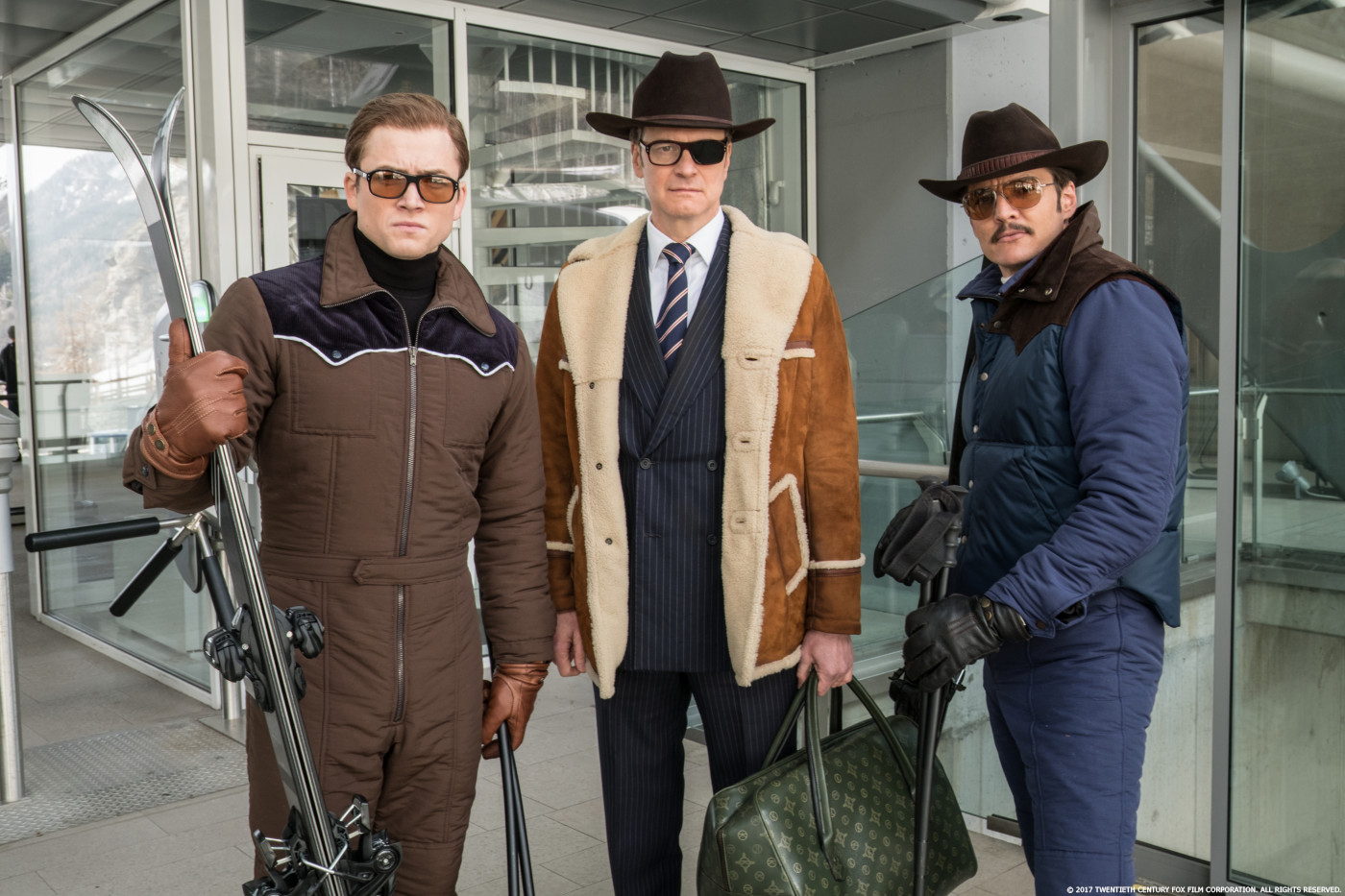
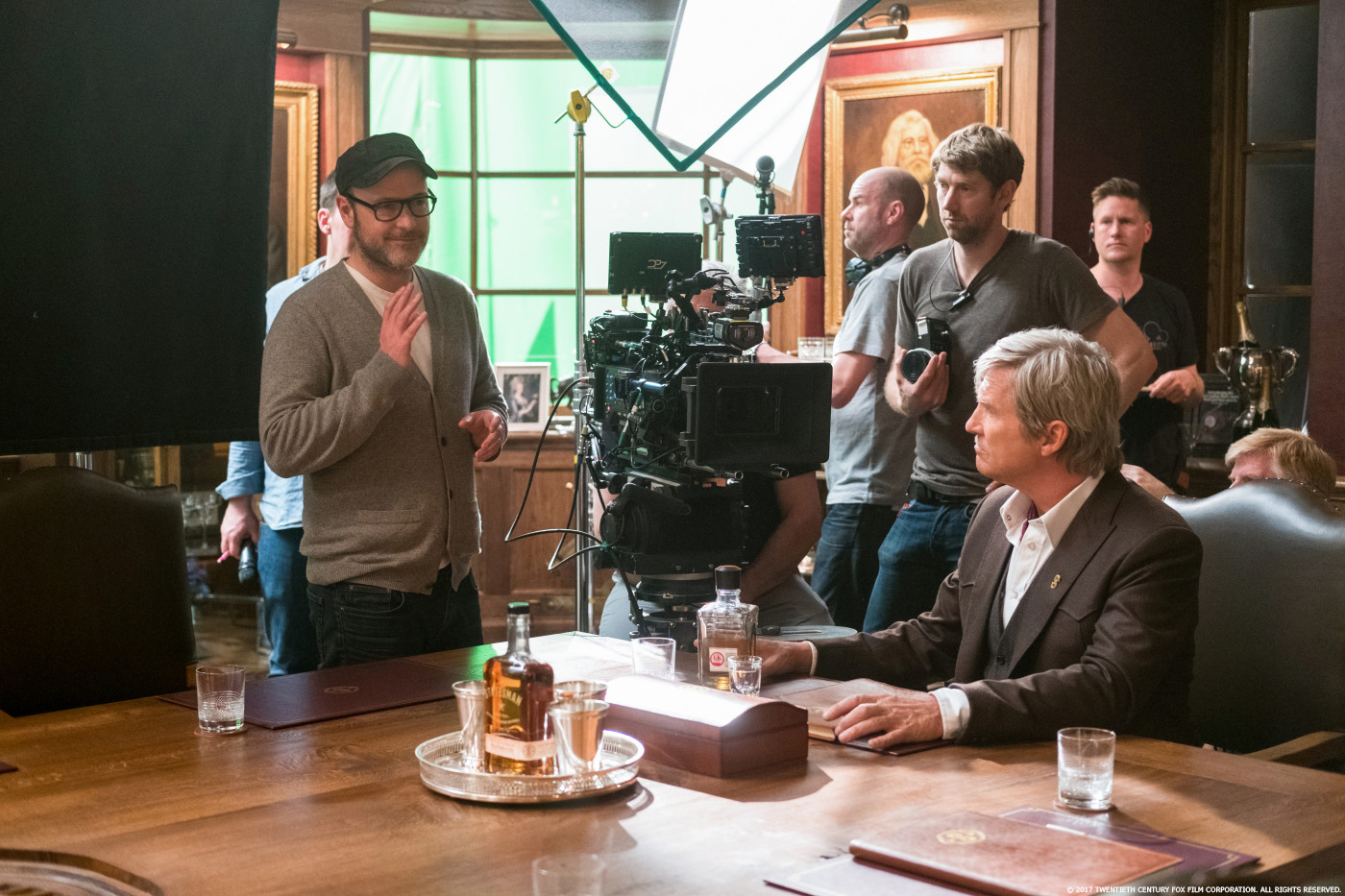
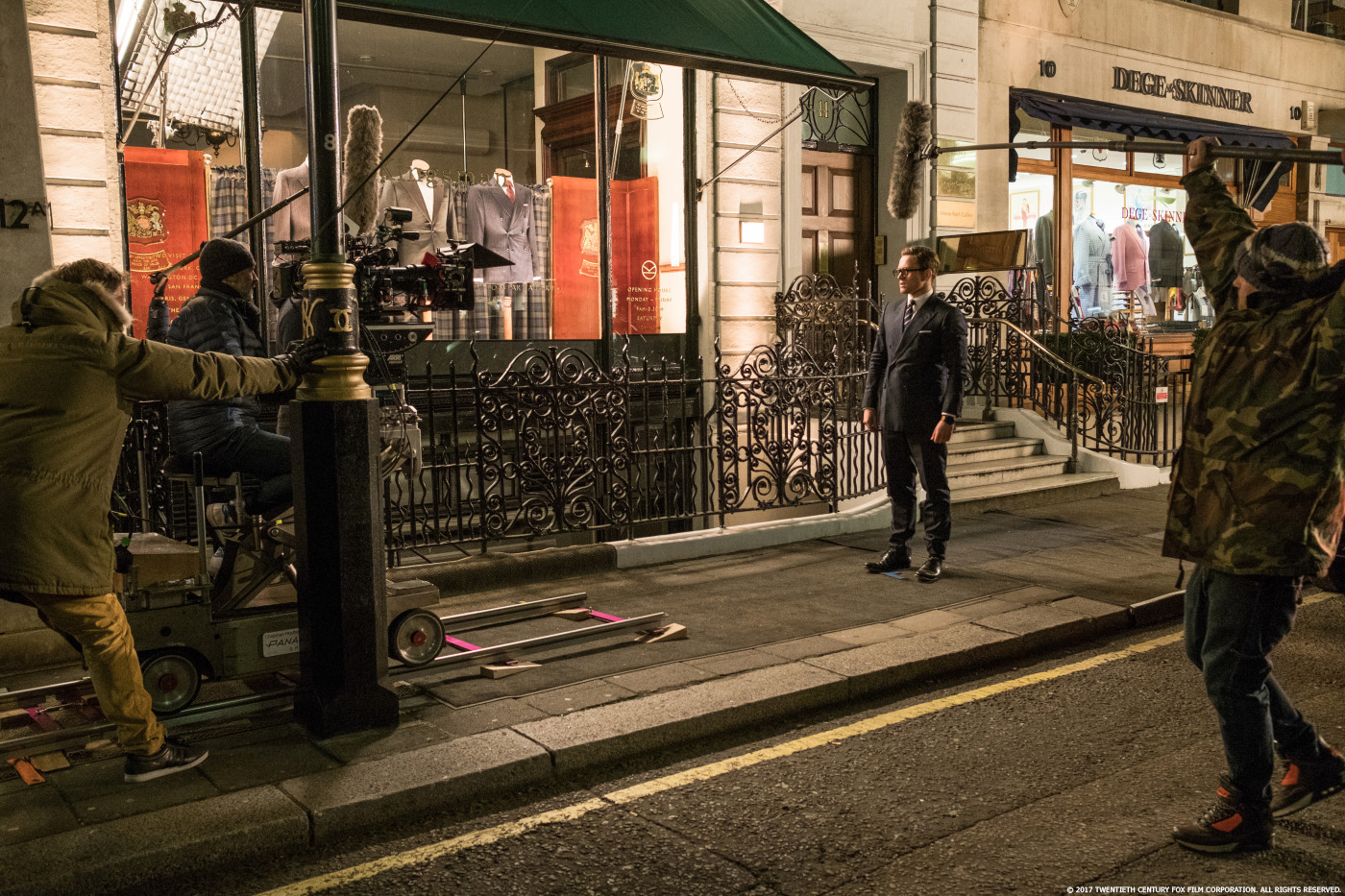
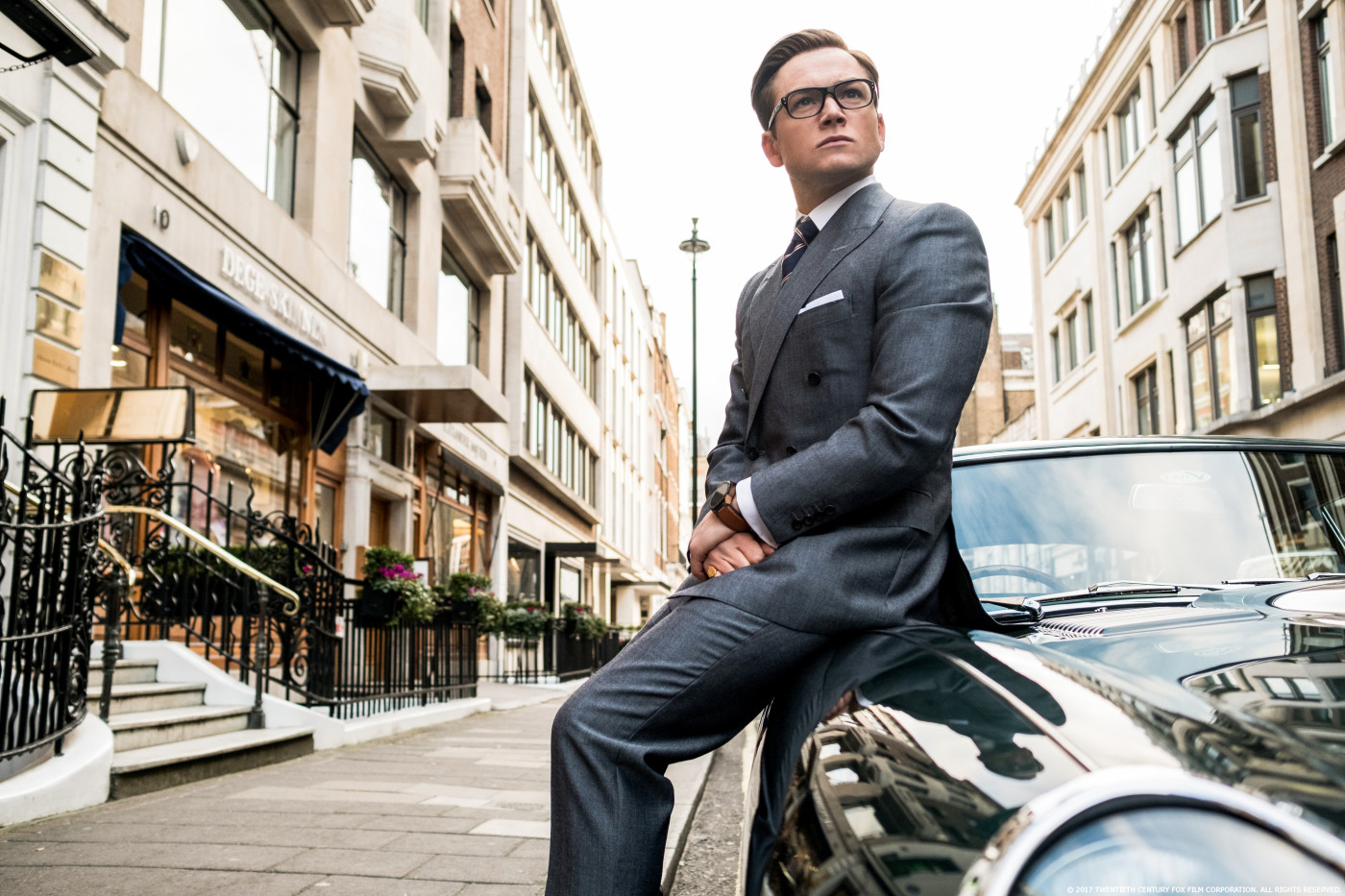
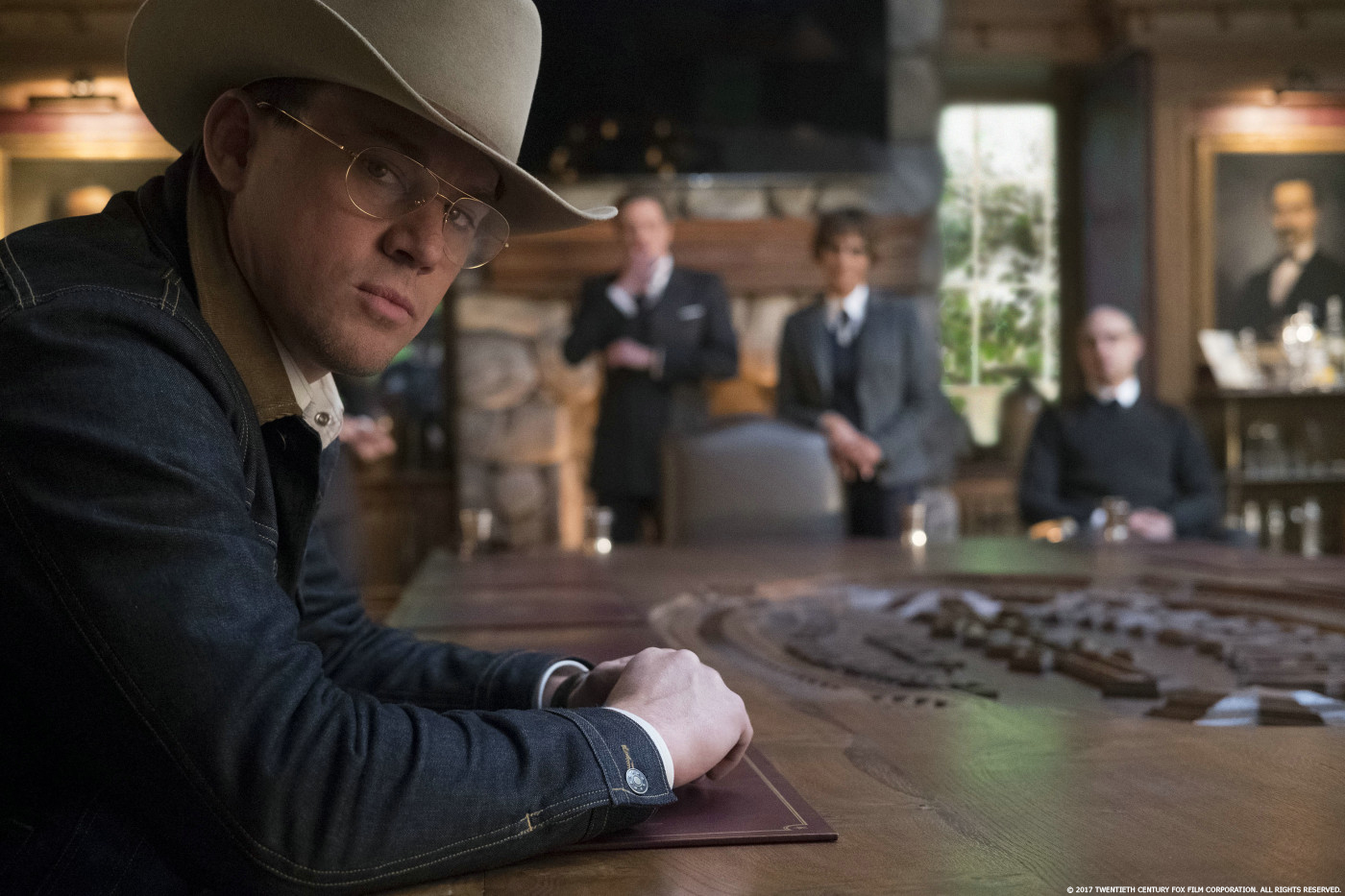
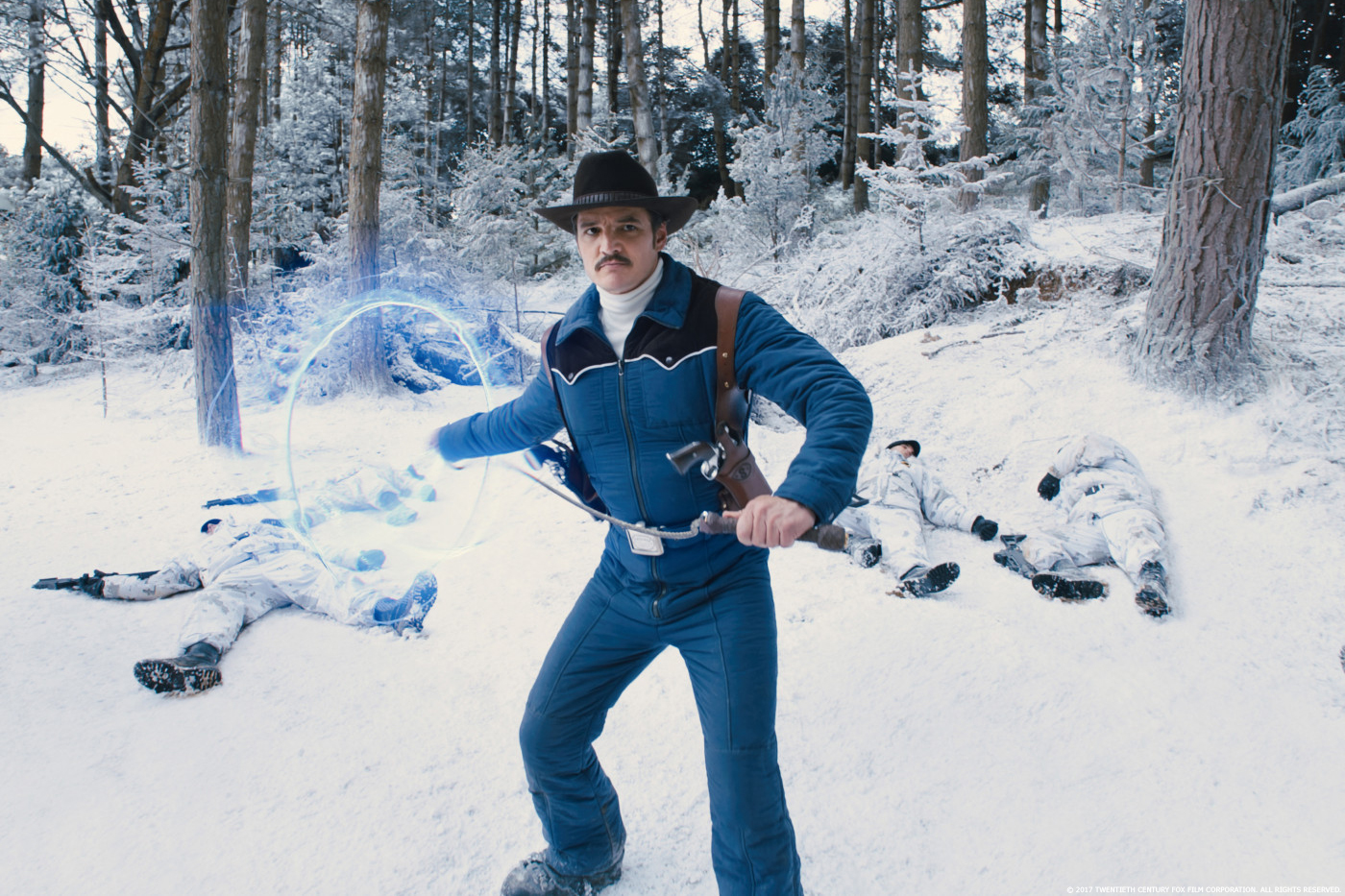
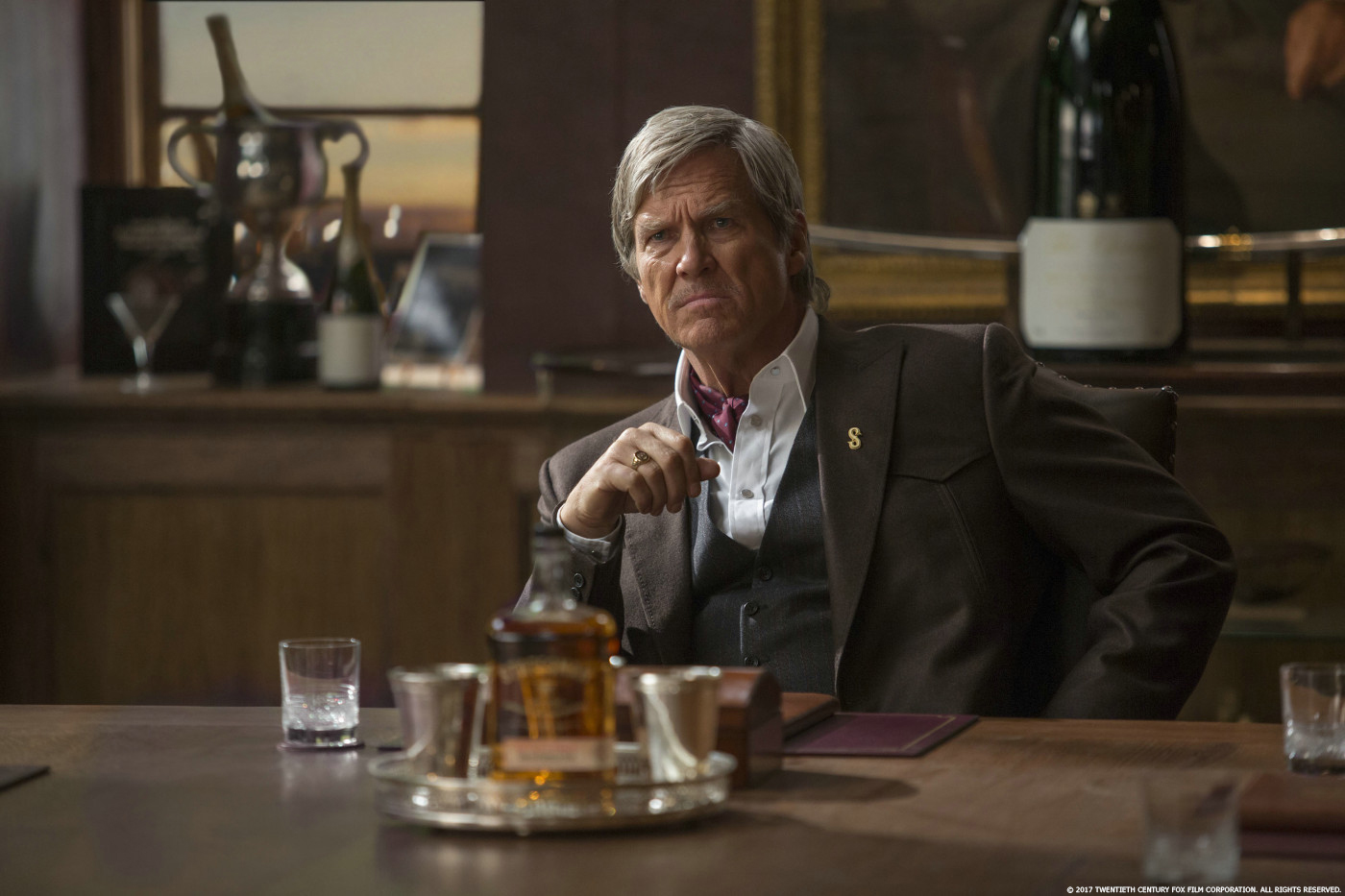
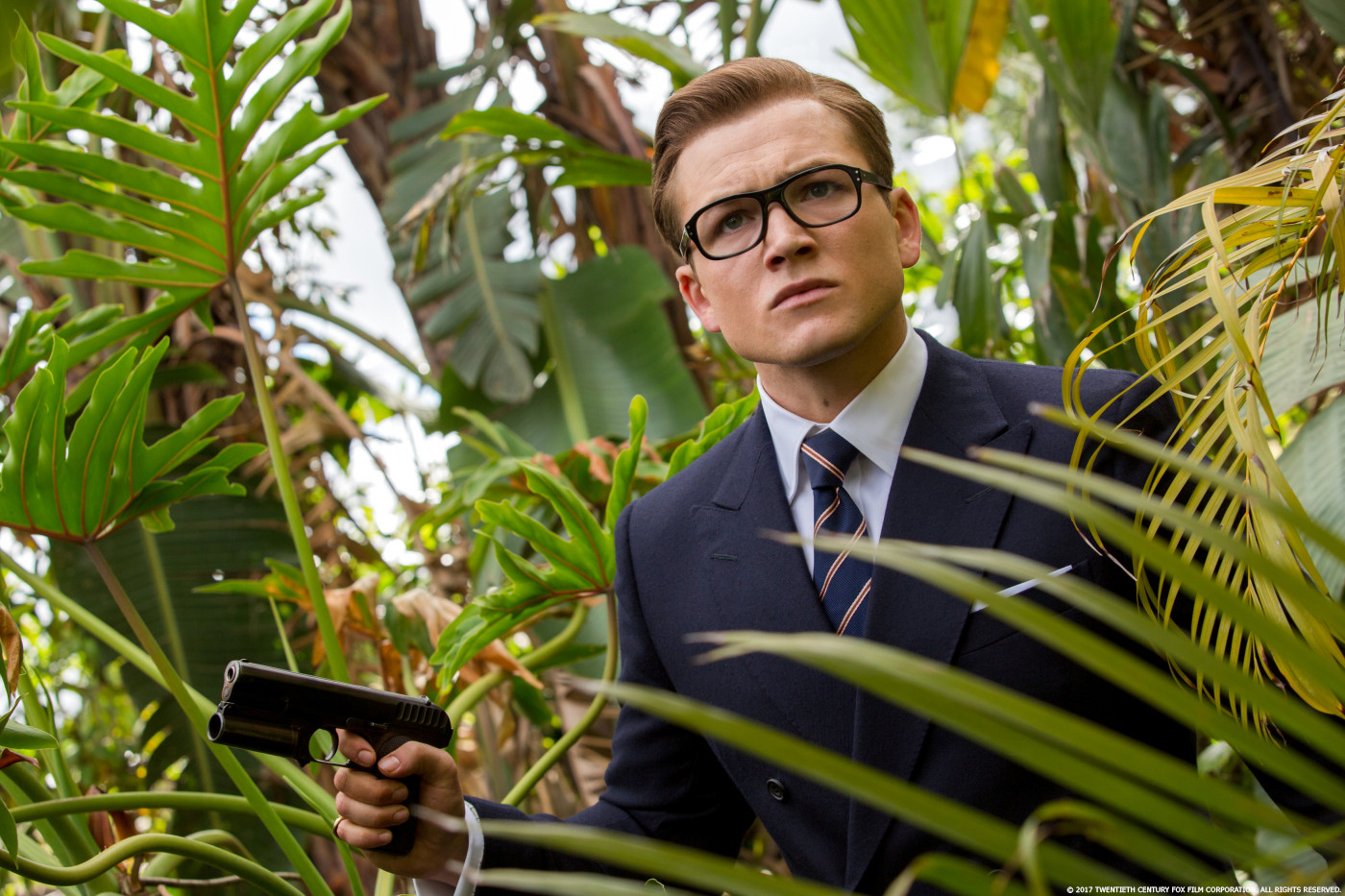

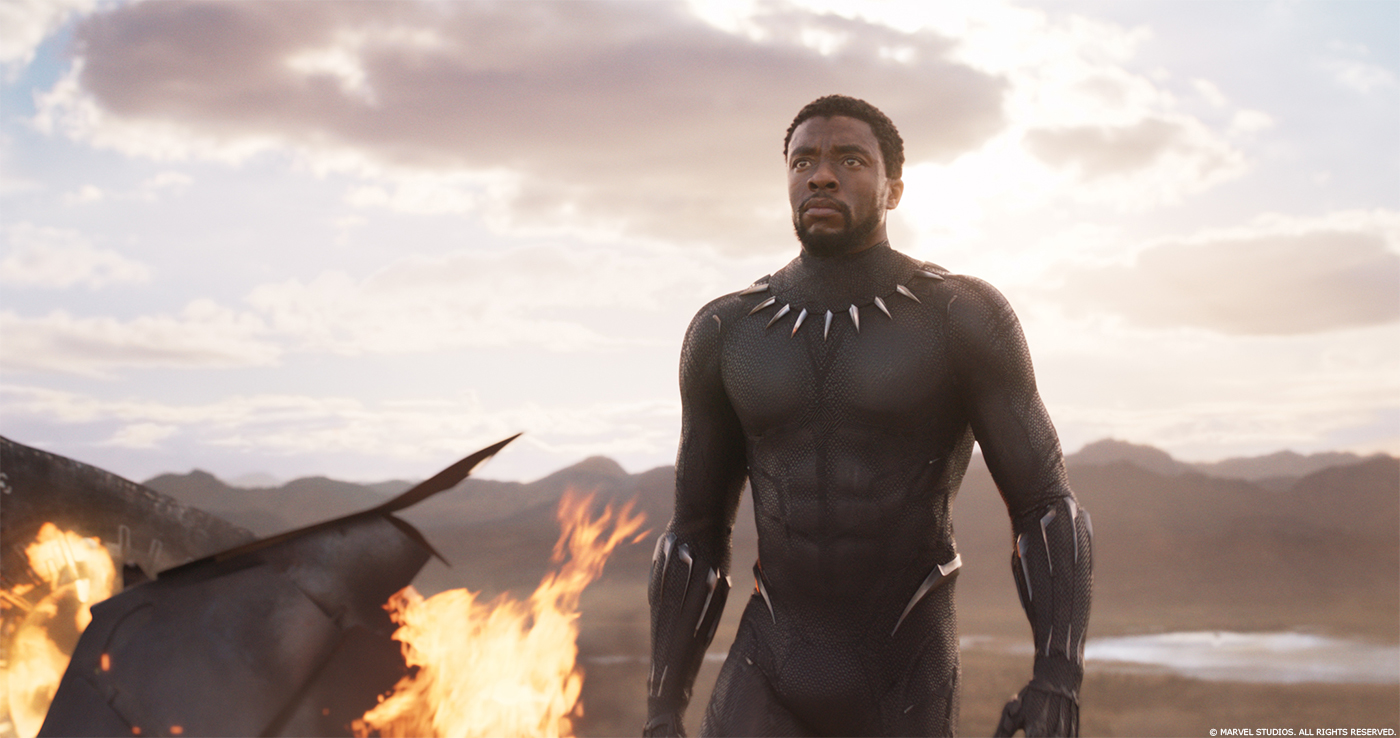
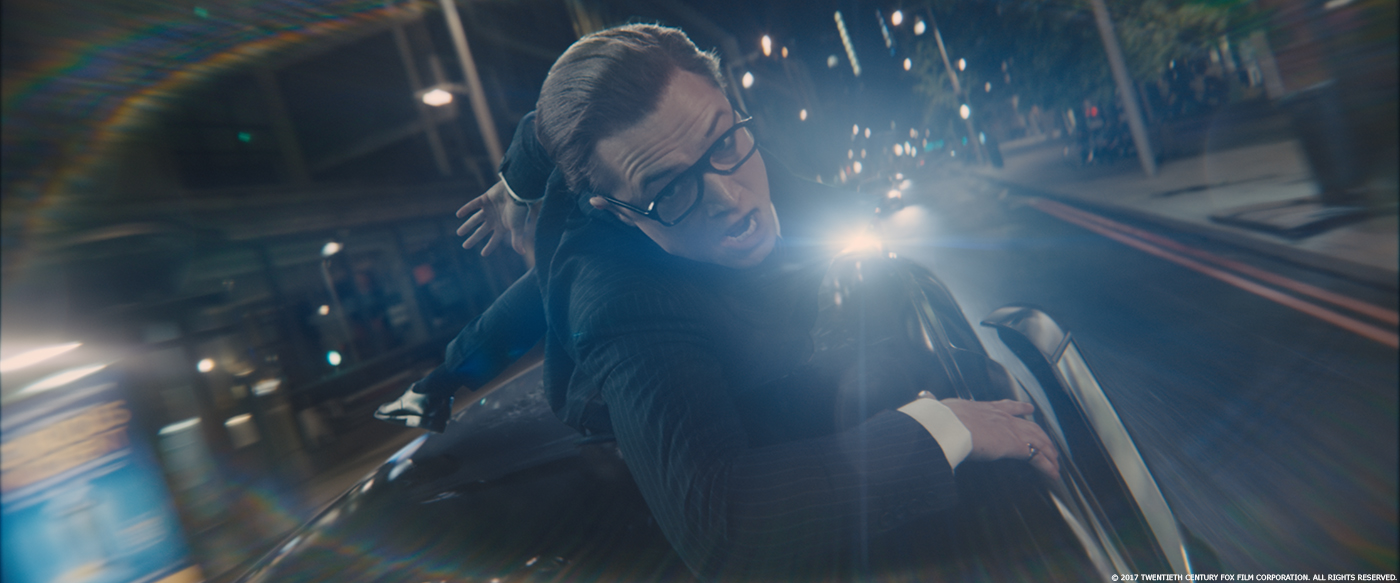

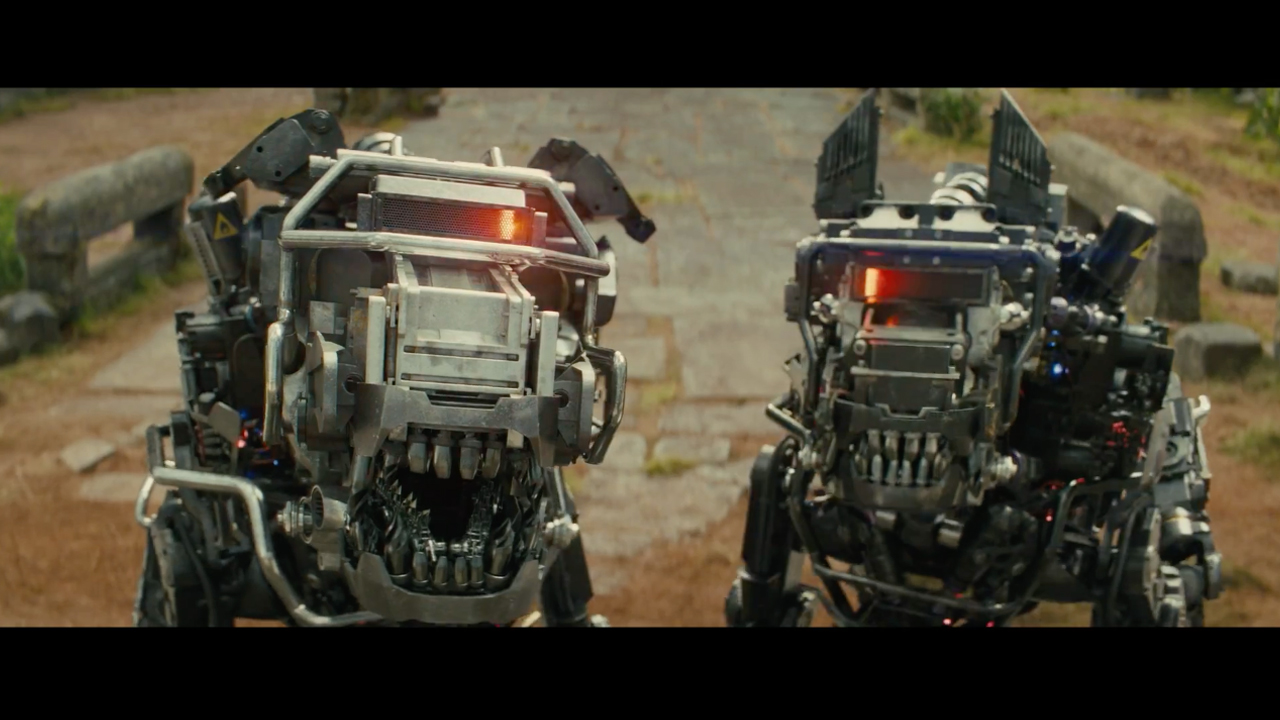
Terrific piece, thank you!